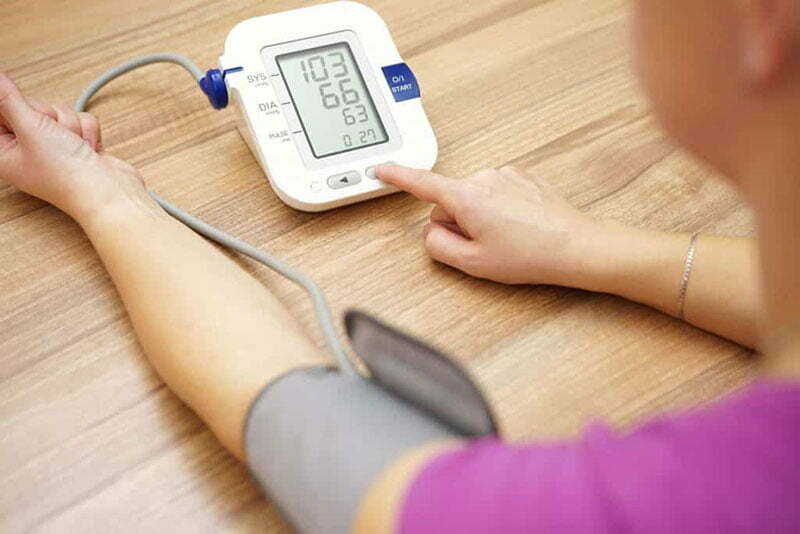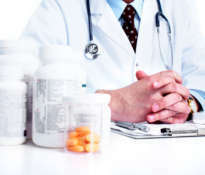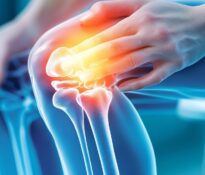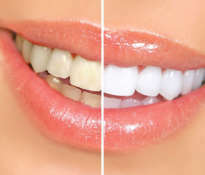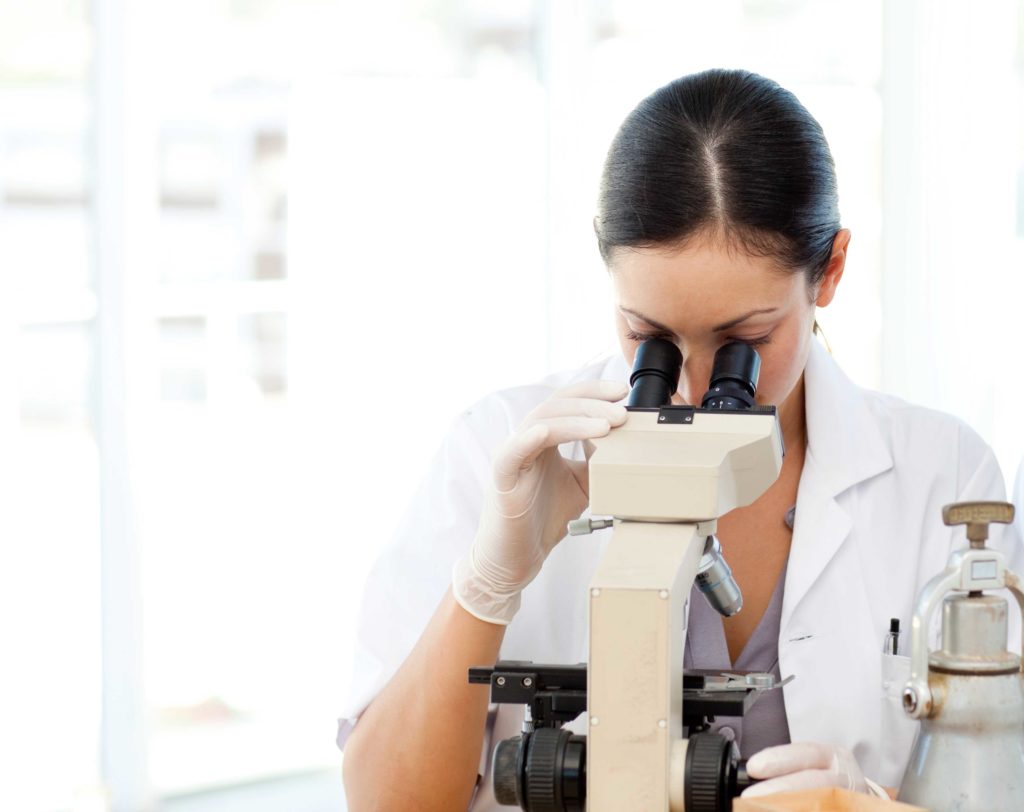Is low blood pressure natural? Or is it a symptom of a disease? In fact, it may be difficult to determine whether the blood pressure level is low. Diagnosis depends on what blood pressure is normal for you.
Let’s examine blood pressure in a larger group of people who do not experience any ailments. It is expected that in extreme cases the results will range from 80/50 to 200/120, and most of the measurements will be around 130/85. However, both people with higher blood pressure, like those with lower blood pressure, will be objectively healthy.
When low blood pressure is normal?
There are people who have had a blood pressure of 90/50 throughout their lives and who always say “I have low blood pressure.” In this situation there is nothing wrong. You may even be happy because low blood pressure reduces the risk of stroke or heart attack. This situation is normal and does not require diagnosis or treatment.
When low blood pressure requires treatment?
If your natural blood pressure is around 130/80 and it drops to about 90/50 in a short time, then the situation requires intervention. In this situation, you usually experience unpleasant symptoms that can cause low blood pressure. It may be necessary to carry out specialized tests to diagnose the cause of this condition.
Symptoms of low blood pressure may include: feeling weak, feeling dizzy, feeling tired, fainting, temporary vision problems. All these low blood pressure symptoms will be resolved if your blood pressure returns to normal.
Causes of low blood pressure
The common cause of low blood pressure are the side effects of drugs. Blood pressure medications, heart medicines, diuretics, and certain antidepressants are most common. Other drugs that have a high blood pressure effect are painkillers. In addition to medicines, heart disease, myocardial infarction, heart rate changes, bacterial infections, kidney disease, diabetes, internal haemorrhage or bleeding may be the cause.
The list of causes is extensive so it is best to consult a doctor. First of all – do not try to self-diagnose yourself – seek help from competent people.
